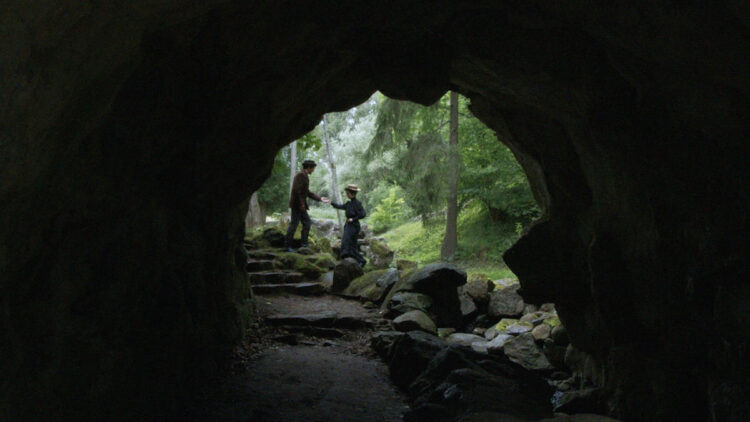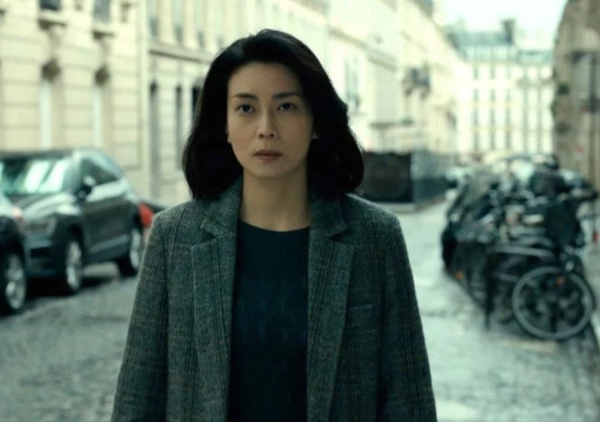

Not many people have mourned 3D cinema’s second waning. Yet, every now and then, the old parlor trick threatens to capture the imagination. I can think of two films in the last few years that have done such: the first cost around $400M, made about six times that at the box office, and took place on Pandora; the second is titled Twittering Soul and is the first 3D film ever made in Lithuania. It’s set in a misty rural landscape in the late 1800s, a pre-Soviet time in northeastern Europe that cinema rarely depicts. Amongst its tapestry of folklorish characters is a feudal lord with an interest in photography, which he views by holding a candle behind the image, bringing into focus this film’s visual layers. While watching, I was reminded of the doubled-image technique of stereoscopic photography that went out-of-fashion sometime in the middle of the 20th century––images that viewed today, whether in a museum or through a viewfinder, retain their transportive powers. Soul was shot by DP Eitvydas Doškus with a 3D camera, natural light sources, and mostly static shots to give that same ethereal experience: something strange and ineffable, painterly yet tactile. For a moment, it still feels like you’re really there.
Twittering Soul is directed by visual artist Deimantas Narkevičius, who was drawn to that moment in history for its ephemerality: a time when ideas and inventions––everything from automobiles to the cinema itself––came quick and fast. Using songs, poems, folktales, and games from Lithuanian history, Narkevicius’s film suggests a world on the precipice of monumental change––as if spiritual and supernatural forces are about to give way to material ones.
Over 70 meandering minutes, the film works less at providing a conventional narrative than building an increasingly hypnotic mood. Narkevičius’ subjects are dispersed. Along with the lord in his stately manor there are: three women, one of whom will later take a boat onto a lake with a potential suitor; two traveling fiddle players who meet another group of women and discuss the afterlife; later, folk-horror-coded sequences featuring serpents and women with spindles. At one point some villagers gather for a funeral and silently observe the body of the deceased float gently out a window. Watching on, you may share the same sensation.
Narkevičius released his first short in 2004 but has been working as a visual artist since the early ’90s. Since then his work has appeared in MoMA, the Tate Modern, the Pompidou Centre, and the Venice Biennale. His work has tended to focus on the lasting imprints of communism in Lithuania, making Twittering Soul‘s departure all the more interesting––though shot before Russia’s invasion of Ukraine, this film’s focus on pre-Soviet Lithuanian culture rings rather poignant. It premiered at FIDMarseille back in 2023 but screenings have since been rare, the filmmakers insisting that it be shown only in its intended format. It’s now playing in select U.S. theaters from Dekanalog. If you’re lucky to be near one, prioritize.
Twittering Soul screened at Riga International Film Festival and is now in limited U.S. release.
The post Riga Review: Dreamy Stereoscopic 3D Folk Tale Twittering Soul is One of a Kind first appeared on The Film Stage.



